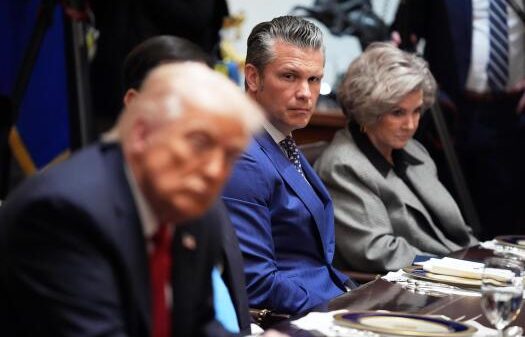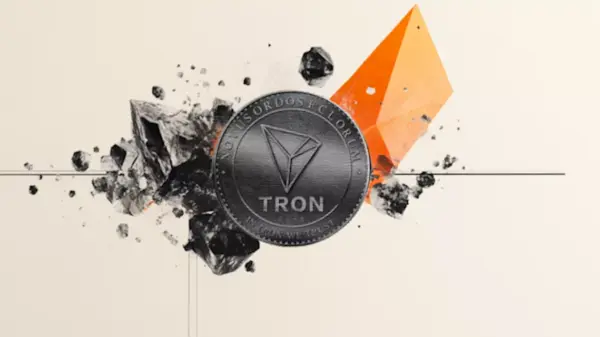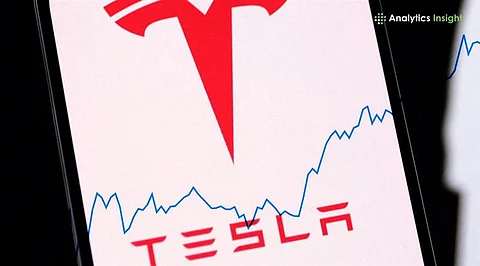Tesla is set to announce its third-quarter (Q3) results, with market expectations leaning towards a positive outlook. A significant factor contributing to this optimism is a surge in electric vehicle (EV) sales, driven by a last-minute buying rush among U.S. customers eager to secure orders before the expiration of the $7,500 federal EV tax credit.
Analysts anticipate that the focus will not only be on the financial figures but also on insights from CEO Elon Musk regarding current demand trends, pricing strategies, and the evolving product lineup. To attract new buyers and mitigate potential declines in demand post-incentive, Tesla has recently introduced more affordable ‘Standard’ versions of its Model 3 and Model Y. These new models are priced approximately $5,000 to $5,500 lower than their predecessors, featuring smaller batteries and less powerful motors.
In a bid to stay competitive in the global market, Tesla has also temporarily reduced lease prices on higher-end models. While these strategies have expanded Tesla’s customer base, they have resulted in compressed profit margins. Analysts estimate that the company’s automotive gross margin, excluding regulatory credits, will fall to around 15.6%, down from 17.05% last year, according to data from Visible Alpha.
Predictions for Tesla’s quarterly revenue stand at $26.24 billion, reflecting a year-on-year increase of 4.2%, as per data from LSEG. Although the revenue growth appears steady, investor excitement is tempered by concerns over shrinking margins and a slowdown in global EV demand. This year, Tesla’s sales are projected to decline by approximately 8.5%, largely due to intensifying competition and apprehensions surrounding Musk’s political remarks.
One of the most anticipated topics during the earnings call is Musk’s update on Tesla’s robotaxi initiative. The CEO has claimed that a fleet of robotaxis could potentially serve half of the U.S. population by the end of 2023. Analysts from Cantor Fitzgerald note that investors are keen to obtain concrete details regarding fleet size, geographical coverage, and rollout plans extending to 2026.
As Tesla navigates an increasingly competitive EV landscape, key questions remain about Musk’s ability to sustain growth momentum while ensuring profitability. Investors are particularly interested in how the company will adapt its strategies to retain its market position amidst these challenges.





































































